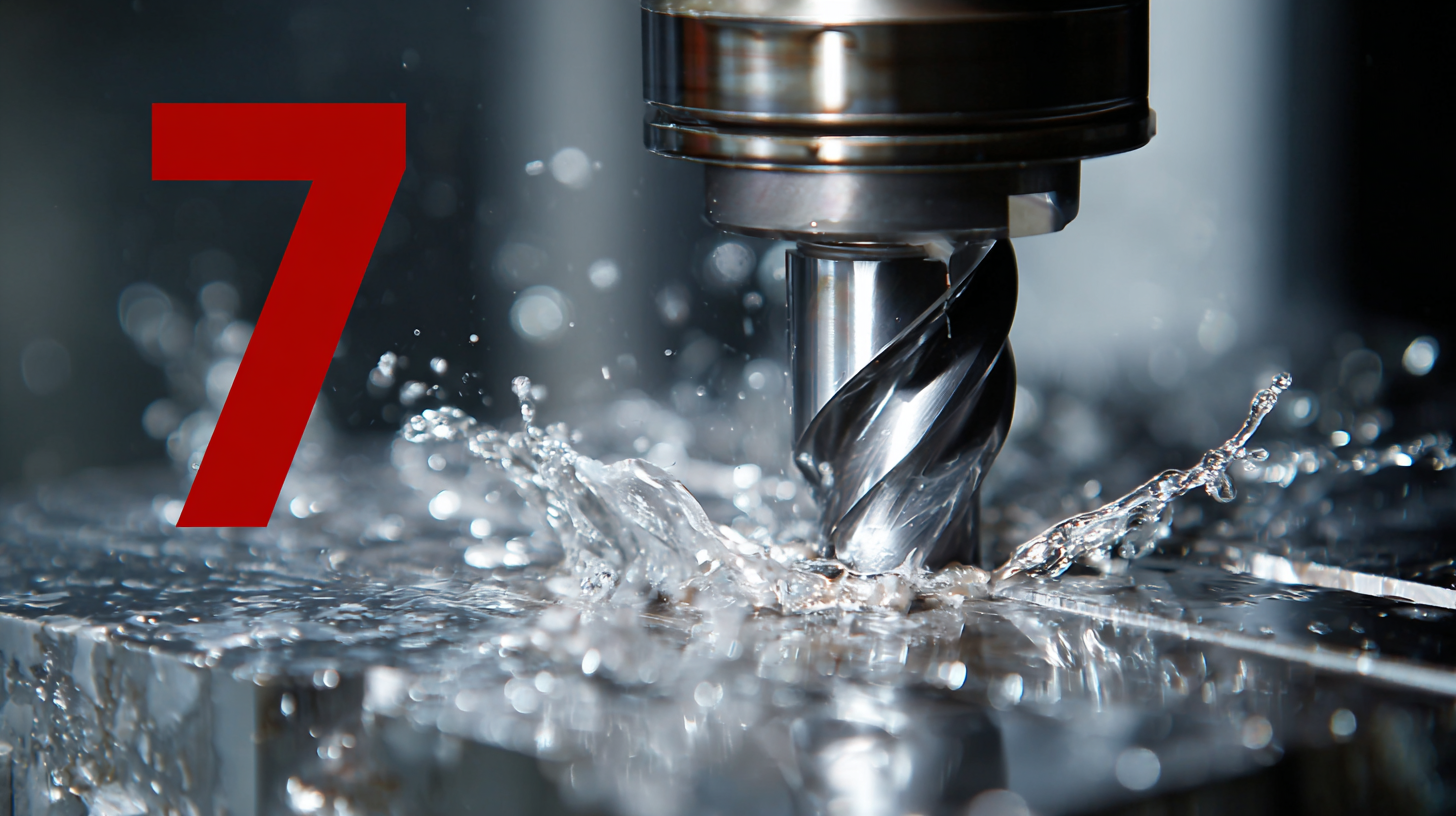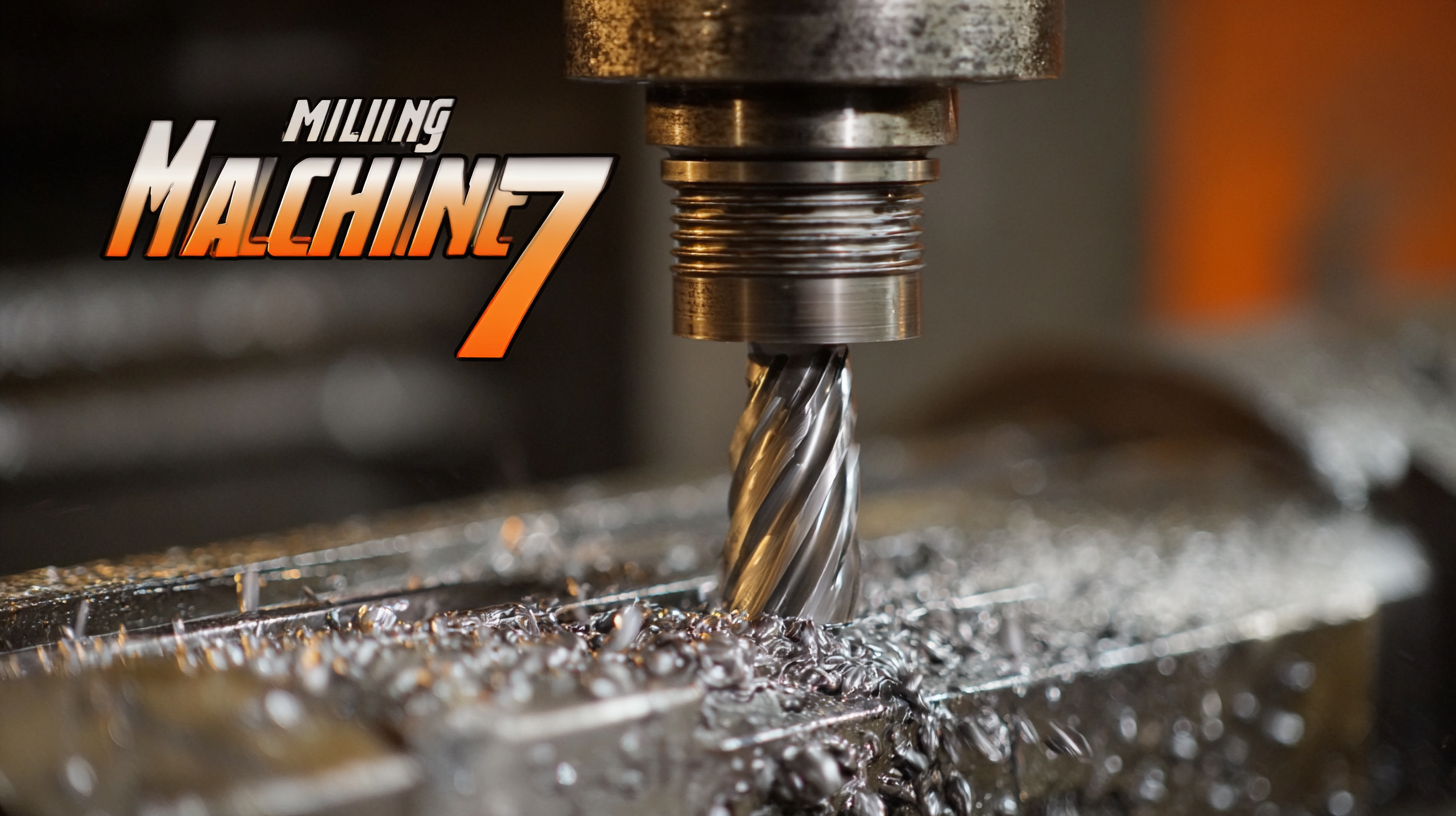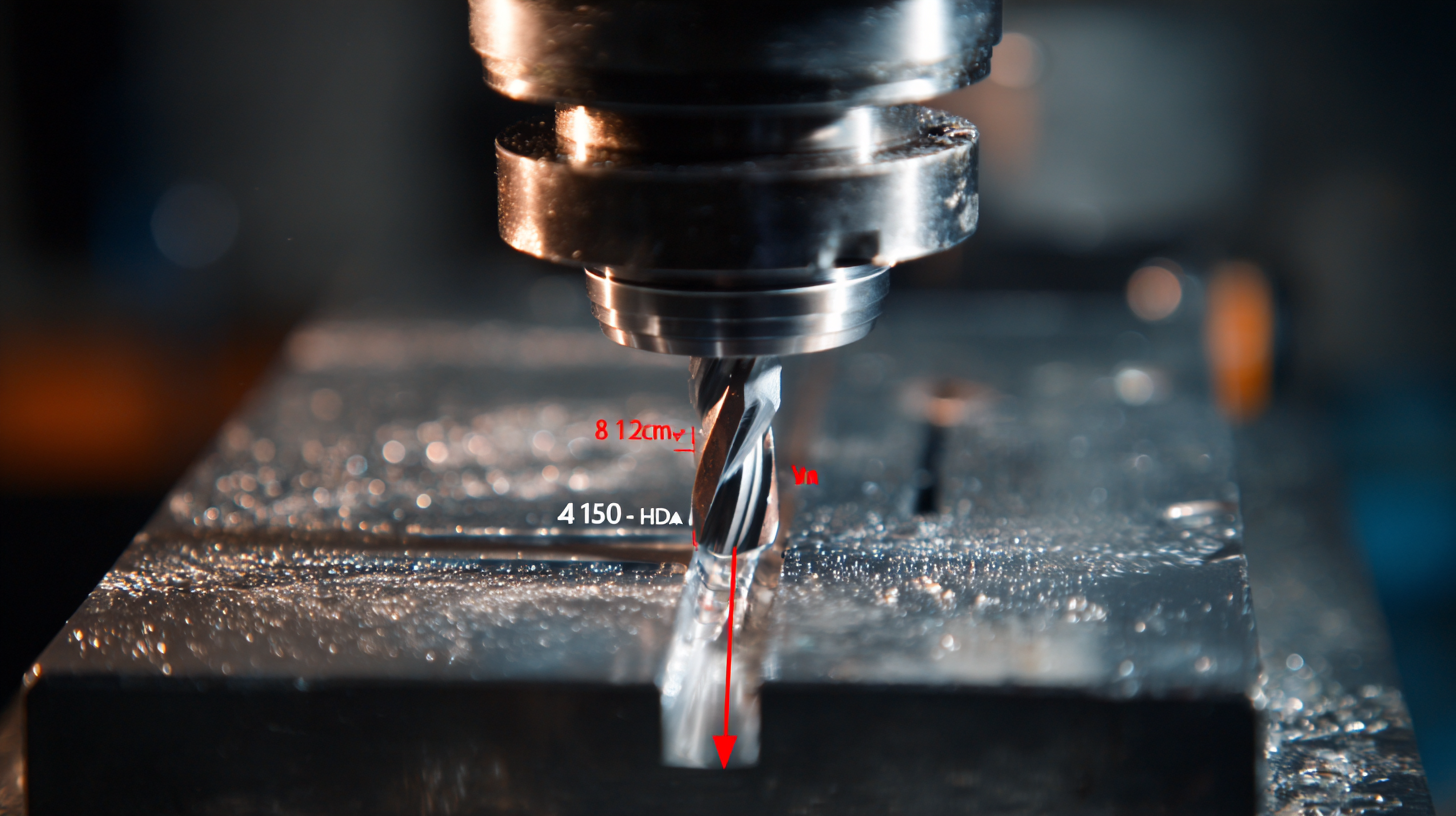In the competitive landscape of manufacturing, achieving excellence in Milling Machining is essential for securing a strong market position. Recent industry reports indicate that the global CNC machining market is expected to reach $100 billion by 2025, underscoring the critical role that precision milling plays in production efficiency and product quality. As manufacturers continually seek to enhance their operational capabilities, understanding the nuances of Milling Machining becomes paramount. By implementing best practices and leveraging advanced technologies, companies can optimize their machining processes, ultimately leading to superior product outcomes. This blog explores seven vital secrets that can help organizations unlock the potential of their Milling Machining operations, driving both innovation and performance in a rapidly evolving industry.

Milling machining is an essential manufacturing process that shapes materials by removing material using rotary cutters. Understanding the fundamentals of this technique is crucial for achieving optimal results. One key concept is the importance of selecting the right cutting tool. Different materials require specific tools; for instance, high-speed steel is suitable for softer metals, while carbide tools are ideal for tougher materials.
When setting up your milling machine, the workpiece's clamping method plays a critical role. Ensuring that the workpiece is securely fastened prevents any movement that could lead to inaccuracies. Additionally, choosing the appropriate feed rate is vital. A slower feed rate allows for finer cuts, improving surface finish, while a faster rate can expedite production but may compromise quality.
Lastly, keeping the machine and tools well-maintained is fundamental. Regular inspections and sharpening of tools not only prolongs their lifespan but also enhances performance. By mastering these key concepts and techniques, operators can significantly enhance the quality of their milling machining results.
Achieving optimal milling accuracy and surface finish requires an understanding of various factors that significantly influence these outcomes. Recent research highlights the role of cutting force signals in predicting surface roughness and identifying energy efficiency within computer numerical controlled machining systems. By developing models based on cutting force data, manufacturers can enhance their milling processes, leading to more reliable results. Notably, this data-driven approach allows for the real-time monitoring of surface quality and tool wear, critical components for maintaining the integrity of the machining process.
Additionally, studies focusing on advanced materials, such as the machining of EN 24 steel using tungsten carbide coated inserts, underscore the essentiality of tool selection and process parameters. Response surface methodology provides insights into optimizing surface roughness, reinforcing the significance of microstructural characteristics in achieving a superior surface finish. As manufacturers increasingly leverage machine learning techniques, such as artificial neural networks, to predict machining performance, the potential for improved productivity and reduced defects in milling operations becomes remarkably promising.
 In the realm of milling machining, the selection of cutting tools is paramount to achieving optimal performance.
The choice of materials and geometries plays a pivotal role in determining the effectiveness of the milling process.
Advanced cutting tools designed with innovative coatings and substrate materials can significantly enhance durability and performance,
especially when working with challenging materials like Nickel-Titanium (NiTi) alloys.
These alloys, known for their unique shape memory properties, require specific tool edge preparations to mitigate issues such as
built-up edge (BUE) formation, which can impede machining efficiency.
In the realm of milling machining, the selection of cutting tools is paramount to achieving optimal performance.
The choice of materials and geometries plays a pivotal role in determining the effectiveness of the milling process.
Advanced cutting tools designed with innovative coatings and substrate materials can significantly enhance durability and performance,
especially when working with challenging materials like Nickel-Titanium (NiTi) alloys.
These alloys, known for their unique shape memory properties, require specific tool edge preparations to mitigate issues such as
built-up edge (BUE) formation, which can impede machining efficiency.
To further optimize milling results, it is essential to consider the cooling and lubrication techniques employed during the process. Advanced methods such as minimum quantity lubrication (MQL) and flood cooling can effectively manage heat and chip formation, thus improving machining accuracy and extending tool life. Additionally, understanding chip breaking mechanisms is crucial; the ability to control chip evacuation minimizes the risks associated with continuous chips, thereby enhancing productivity. By strategically combining the right cutting tool materials, geometries, and effective cooling strategies, manufacturers can achieve superior milling results and prolong the service life of machined components.
When it comes to achieving optimal milling machining results, understanding the role of machining parameters is crucial. Among these parameters, cutting speeds and feed rates significantly influence efficiency and productivity. The cutting speed refers to the rate at which the cutting tool engages with the workpiece, typically measured in surface feet per minute (SFM) or meters per minute (MPM). An appropriate cutting speed can enhance tool life and surface finish, leading to better overall performance in the milling process.

Feed rates, on the other hand, determine how quickly the workpiece advances through the cutting tool. This parameter is critical for balancing the metal removal rate with the tool's ability to handle the forces involved. A well-optimized feed rate ensures effective material removal while minimizing wear and tear on the tool. If set too high, it can lead to poor surface quality and tool damage; too low, and the process can become inefficient and time-consuming. By carefully adjusting these settings, manufacturers can achieve a harmonious relationship between speeds and feeds, resulting in enhanced machining efficiency and ultimately superior end products.
The integration of advanced technologies, particularly automation and the Internet of Things (IoT), is revolutionizing milling machining processes. According to a report by the International Federation of Robotics, the global industrial robot market is projected to grow by 12% annually, underscoring the increasing reliance on automated systems to enhance precision and efficiency in milling operations. Automation minimizes human error, enables 24/7 operation, and significantly improves turnaround times; manufacturers can expect up to a 30% increase in productivity by adopting these technologies.
IoT further enhances milling results by enabling real-time monitoring and data analysis. A study published in the Journal of Manufacturing Science and Engineering revealed that IoT implementations can decrease downtime by 20-50%, as machines can communicate their status and alert operators of potential failures before they occur. This predictive maintenance approach not only extends the lifespan of machinery but also ensures optimal performance, hence achieving superior milling outcomes. Coupled with automation, IoT facilitates a smarter manufacturing ecosystem, paving the way for innovations like self-optimizing milling processes that adapt based on live data inputs.
